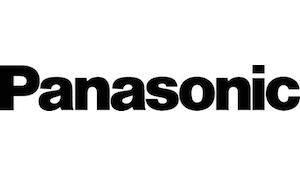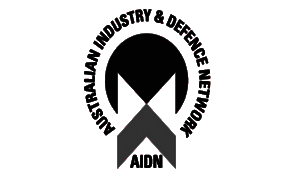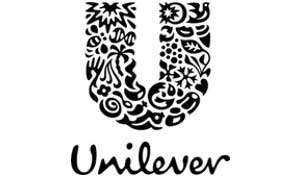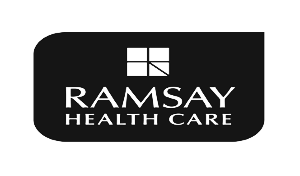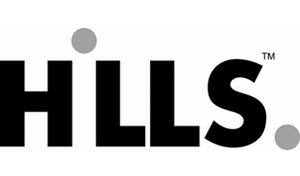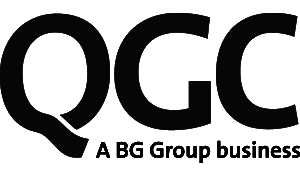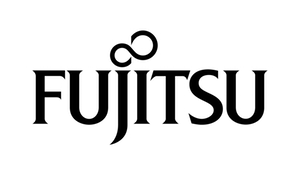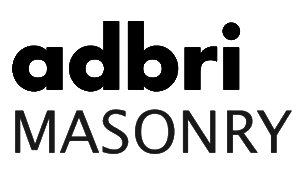
Blog
The Importance of Nonverbal Communication in the Boardroom
Knowing how to communicate in a boardroom can ensure that your voice gets heard and you gain the respect of your fellow colleagues. Communication in the boardroom is often more about what doesn’t get said than voicing your opinion. Showing your competence when discussing ideas and solutions is often about your body language and nonverbal communication.
According to some researchers, up to 90 percent of your communication is through nonverbal means. This means that our body language when talking and listening is just as important as what we say. Non-verbal communication is not just a way to affect how others view you but it also affects your own behaviour.
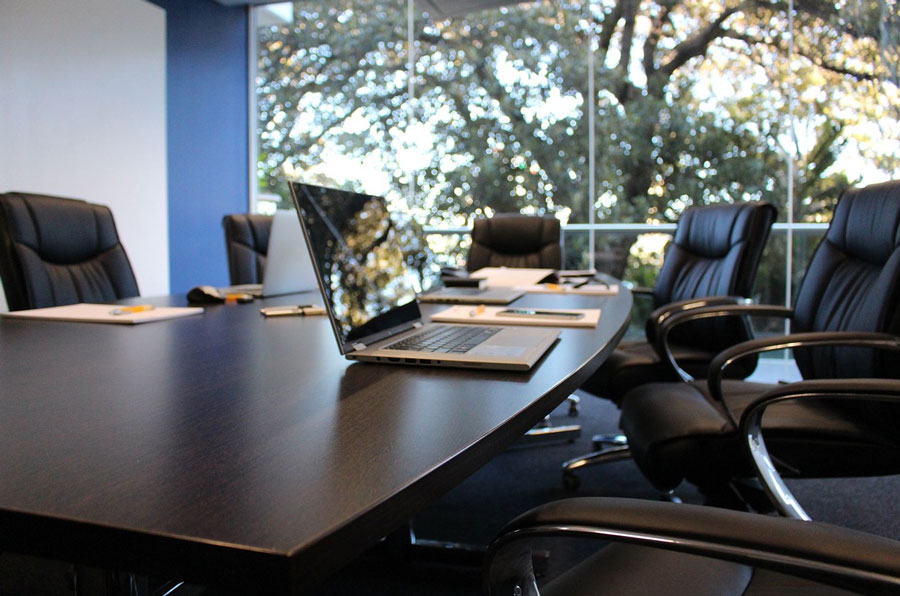
In this article, you will learn how to communicate effectively in the boardroom by using your body language.
Arrive early for the meeting
One of the most important ways to improve your non-verbal communication in boardrooms settings is to arrive early for the meeting. It can be a daunting experience walking into a room of people, especially if you are last to arrive.
Getting there early for the corporate meeting gives you a chance to observe the body language of others as they arrive. You will usually easily pick up on negative and positive body language in others. This can give you the confidence to mirror the body language of those who are exhibiting signs of positive body language.
The handshake
Always meet and greet others with a firm, confident handshake. This is usually your best chance to make a good first impression on others and sets the tone for interaction between you and the other person. You should fully grip the other person’s hand and strike the balance between a strong grip and limp fish.
When shaking hands, always look the other person in the eye, smile and lean slightly forward. A confident handshake projects a sense of dependability and approachability at the same time.
Where you place your hands
You should also give consideration as to where you place your hands during the meeting. As a rule of thumb, always have your hands on the desk placed in front of you. When gesturing, avoid letting your hand go above shoulder height. This can give the impression that you are becoming frantic, over emotional, or even aggressive.
Remember that upturned palms convey to others that you are willing to communicate and open to discussion. Whereas, downturned palms show decisiveness or your firm attitude about a topic. Knowing this can help you decide how best to use your hands during a meeting.
Maintain eye contact
During the meeting, it’s important to maintain eye contact with those who are speaking and when it is your turn to speak. Eye contact is one of the most important aspects of non-verbal communication because it instills trust. If you never make contact or are looking at your notes as you speak, others may view you as either disinterested or unconfident about your abilities.
Don’t fidget
Fidgeting should always be avoided in boardroom settings as it can distract others and become a source of annoyance. Tapping your pen on a pad, looking at your phone, or drumming your fingers on the table can send out the wrong signals to others. For example, it can cause others to think you are bored, anxious, or unprepared for the meeting.
Even if you are bored in the meeting, holding your composure and maintaining eye contact can help to make you look more confident. It will also help you focus your thoughts on what is being said which allows you to when to make your contribution to the discussion.
Recent Posts
-
Working From Home — Ultimate Security Tips for a Safe Home Office
-
Unexpected Ways Stress Affects Your Body
-
The Worst Mistakes to Make When Working from Home
-
The Undeniable Worst Mistakes to Make in a Meeting
-
The Top 6 Myths About Leadership Debunked
-
The Best Apps for Busy Professionals
-
Is Telecommuting the Answer to Work-Life Balance?
-
The Importance of Career Goals to Boost Success at Work
-
The Shocking Dangers of Workplace Burnout
-
How to Restart Your Positive Emotions


